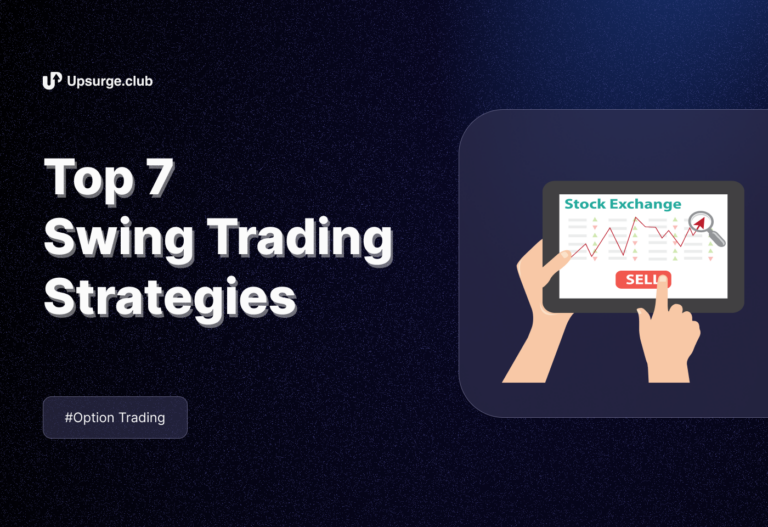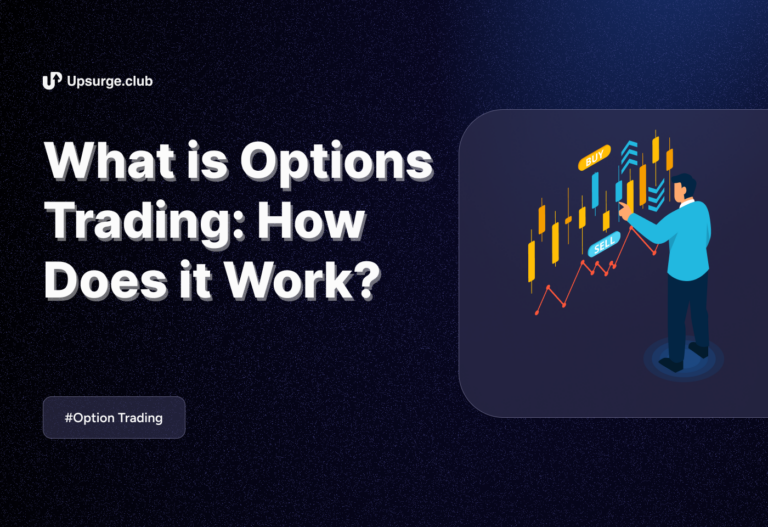Option scalping is a trading strategy that involves making quick trades on options contracts to profit from small price movements. Unlike other trading strategies that may focus on longer timeframes, option scalping capitalizes on short-term price fluctuations.
Option scalpers often execute multiple trades within a single trading session, with a focus on finding multiple profit opportunities that can add up during the trading day.
In this article, we will understand the fundamentals of option scalping, and how it works, along with exploring various scalping strategies. However, let us first start with What is option scalping.
Understanding Option Scalping
Option scalping is a trading strategy where traders aim to profit from small price movements in options contracts over short periods such as minutes.
Scalping is a high-speed trading method that demands discipline, quick decision-making, and sharp analytical skills for success. What distinguishes scalpers from other traders is their approach to time.
Now, let’s understand scalping with an example:
Suppose you are trading options on Company XYZ stock, which is currently trading at ₹50 per share. You notice that there is a lot of volatility in the market due to an earnings announcement scheduled for later in the day.
You believe that the stock price will experience a brief uptick in the morning before dropping back down after the earnings announcement. As a scalper, you decide to take advantage of this short-term price movement.
You purchase a call option with a strike price of ₹52, expiring in one hour, for ₹1 per contract. This means you have the right to buy Company XYZ stock at ₹52 per share within the next hour.
Shortly after your purchase, the stock price indeed rises to ₹52 per share, as you predicted. The value of your call option increases to ₹2 per contract. Recognising the opportunity to profit, you sell your call option for ₹2, doubling your amount in a short period.
In this example, you successfully executed a scalping trade by identifying a short-term price movement, buying an option to capitalize on it, and selling the option quickly for a profit before the price reversed.
So basically, the goal is to make a series of quick, small profits, which can accumulate significant gains over time.
Option scalping requires quick decision-making, technical analysis skills, and efficient execution to capitalize on short-term or brief opportunities in the market. It is a high-risk, high-reward trading strategy for beginners that demands discipline and precision.
Common Scalping Trading Strategies
Let us understand the most used option scalping strategies now.
1. Scalping with Stochastic Oscillator
Scalping with the Stochastic Oscillator involves using a tool that measures an underlying stock’s recent price compared to its price range over a set period.
When the oscillator indicates that an underlying stock is overbought (priced too high) or oversold (priced too low), traders may enter short trades (selling) or long trades (buying), respectively.
This strategy aims to profit from quick reversals in price direction. Traders need to act swiftly and accurately based on the oscillator’s signals to capitalize on short-term market movements.
2. Scalping with Moving Averages
Scalping with Moving Averages involves using short-term moving averages, such as the 5- or 10-period moving average, to identify short-lived trends. Traders enter trades based on crossovers or price bounces off these moving averages.
For instance, a buy signal occurs when the price crosses above the moving average, indicating a potential uptrend, while a sell signal occurs when the price falls below the moving average, signalling a possible downtrend.
This strategy aims to capture quick profits from short-term price movements in the direction of the prevailing trend.
3. Scalping with Bollinger Bands
Using Bollinger Bands involves tracking price volatility with three lines: a central moving average and two outer bands representing volatility levels.
Traders watch for moments when the price touches the outer bands, indicating overbought or oversold conditions. When the price touches the upper band, it suggests overvaluation, prompting traders to consider short positions.
On the other hand, touching the lower band indicates potential undervaluation, prompting consideration of long positions. This strategy aims to capture short-term price reversals for profit.
4. Scalping with Fibonacci Retracements
This strategy involves using key levels derived from the Fibonacci sequence to identify potential entry and exit points for short-term trades.
Traders look for retracement levels where the price may bounce off after a trend, indicating possible support or resistance.
By combining Fibonacci levels with other technical tools, traders aim to anticipate price reversals and capture small profits in rapidly changing markets.
This strategy requires a basic understanding of Fibonacci retracement levels and the ability to execute trades based on these levels swiftly.
Conclusion
Scalping is one of the many high-frequency trading methods that you can use to make profits. However, it requires a certain level of expertise and quick decision-making skills. To delve deeper into this option strategy and elevate your trading knowledge, consider technical analysis courses on the Upsurge.club platform.



